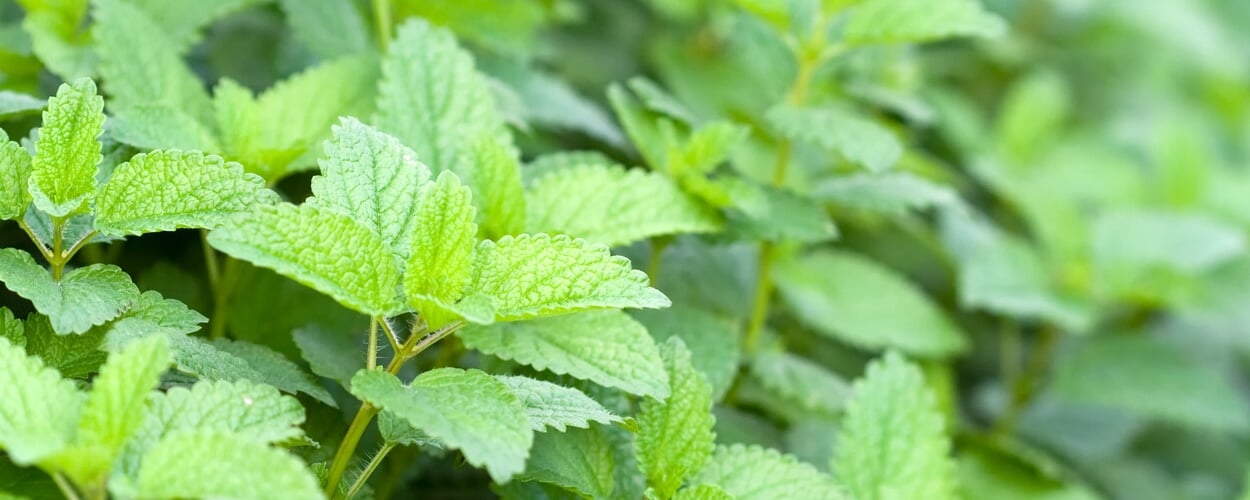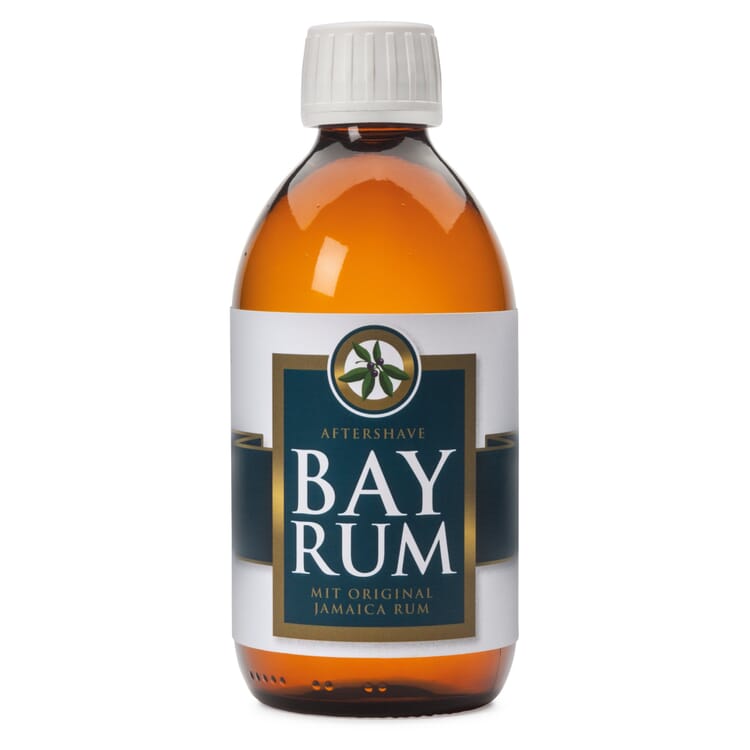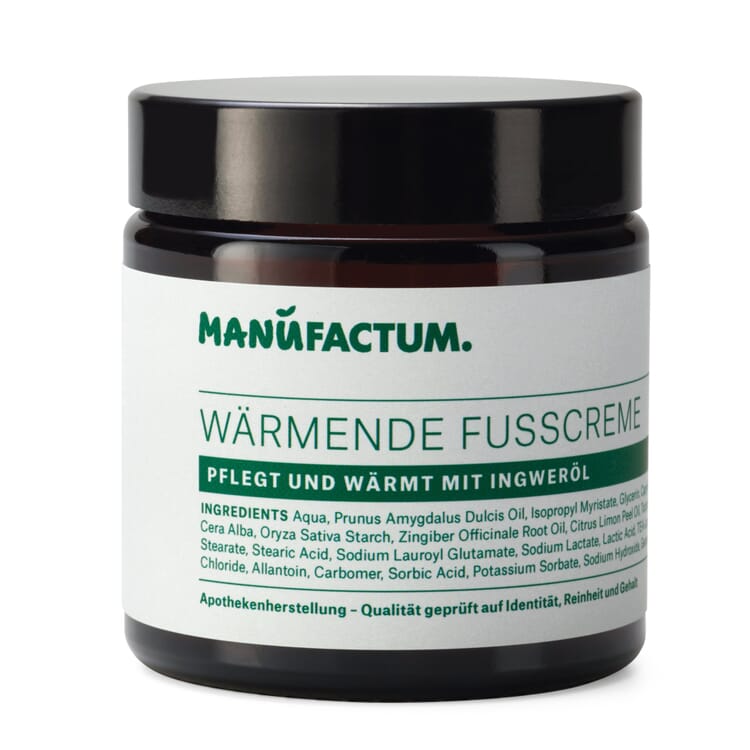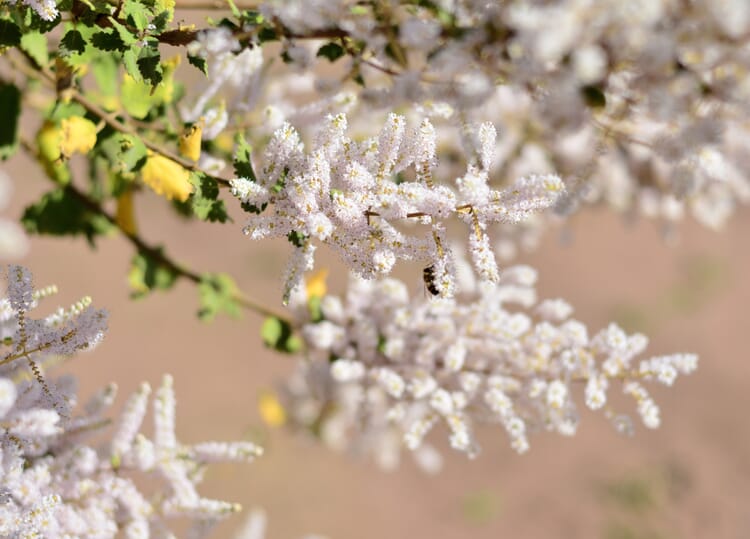Medicinal plants A|B|C
Lemon balm (Melissa officinalis)
The citrus-scented mall balm shrub grows up to 80 centimeters high and 30 years old. Once the Melissa has found a sunny, wind-protected spot in the garden, it reliably sprouts again and again and forms small white lipped flowers from June to August. Its name is well chosen because Melissa in Greek means "honey bee"; in ancient times the plant was cultivated as a pasture for bees, and today's beekeepers prevent their bee colonies from swarming by rubbing the hive with lemon balm leaves.
Origin and cultivation.
Lemon balm, also known as lemon balm, originates from the Orient and the eastern Mediterranean countries, but today it is impossible to imagine our gardens without it as a fragrant plant and kitchen herb. In the shade, the plant produces comparatively little essential oil in its leaves, so it is grown commercially mainly in the sunny southern United States, Mexico and North Africa. The oil of lemon balm obtained by distillation is used for cosmetic and also medicinal applications. Because of its many healing properties, lemon balm was named medicinal plant of the year as early as 1988.
Ingredients.
The antispasmodic and calming effect of the essential oil extracted from the leaves can be attributed to sesquiterpenes, which are the main component of the oil. At the same time, lemon balm oil unfolds invigorating properties due to monoterpenaldehydes. And lemon balm has yet another effect: It is an antiviral agent that fights the blisters of cold sores and allows them to heal quickly. The simultaneously stomach-soothing (due to the essential oil) and appetite-stimulating (due to tannins and bitter substances) properties of lemon balm round off the spectrum of action of this balancing medicinal plant.
Use of lemon balm.
- For insomnia and palpitations melissa oil provides a calming and anxiety-relieving effect. Also a dampening influence on the thyroid function is suspected.
- As a mouthwash, also used for inflammations in the oral cavity and toothache, the bacterial and fungal inhibitory properties of lemon balm come into play.
- The alcoholic lemon balm spirit - invented in 1611 in a French Carmelite convent - is used internally and externally as a tonic, even with bruises and aching limbs shows the lemon balm a positive effect.
- Its calming effect unfolds the lemon balm also as a bath additive.
The essential oil content of lemon balm leaves is very low; pure lemon balm oil is therefore expensive (around 6,000 euros per kilogram) and rarely available in stores. Mostly, it is substitute oils such as citronella oil and lemongrass oil, which are marketed as "Indian Melissa Oil", but do not have the simultaneously calming and invigorating effect of real lemon balm.
Exclusive Manufactum body care products
Recommended Topics
The plant genus was discovered in the 19th century by the then director of the Melbourne Botanic Garden on one of his many expeditions; he named it after his friend John McAdam. Macadamia trees grow up to 15 meters high. About a dozen spherical, green fruits each ripen on pendulous flower panicles; when they burst open, the nuts fall to the ground. Macadamia nuts in the trade mostly come from the species M. integrifolia and M. tetraphylla and their crosses.
View moreThe gnarled and with pointed thorns provided myrrh belongs to the balsam family and grows in shrub or tree form. It grows only a few meters high and is well adapted to the dry scrubland of its homeland: Its leaves are very small and appear just before the beginning of the rainy season, together with the pendulous flower panicles. The smooth and thin bark is cracked and flakes off in small shreds.
View moreThe evergreen olive tree grows up to 20 meters high and tolerates drought, the more sun it gets the better. It is easily recognized by its bizarre growth forms and silvery green leaves. It is also famous for its longevity. The oldest known specimen stands on Crete, its age is estimated at 3,250 years - and it still bears fruit. Since the 2004 Olympic Games in Athens, the winners of the marathon races have been honored with a branch of this unique olive tree.
View more




























